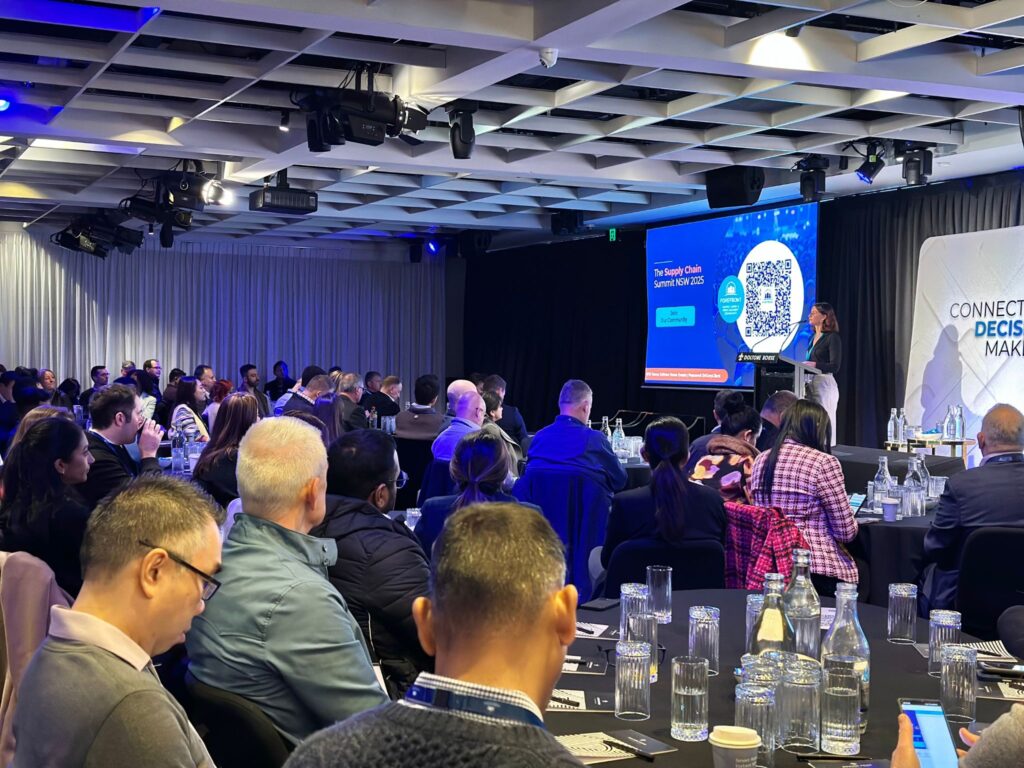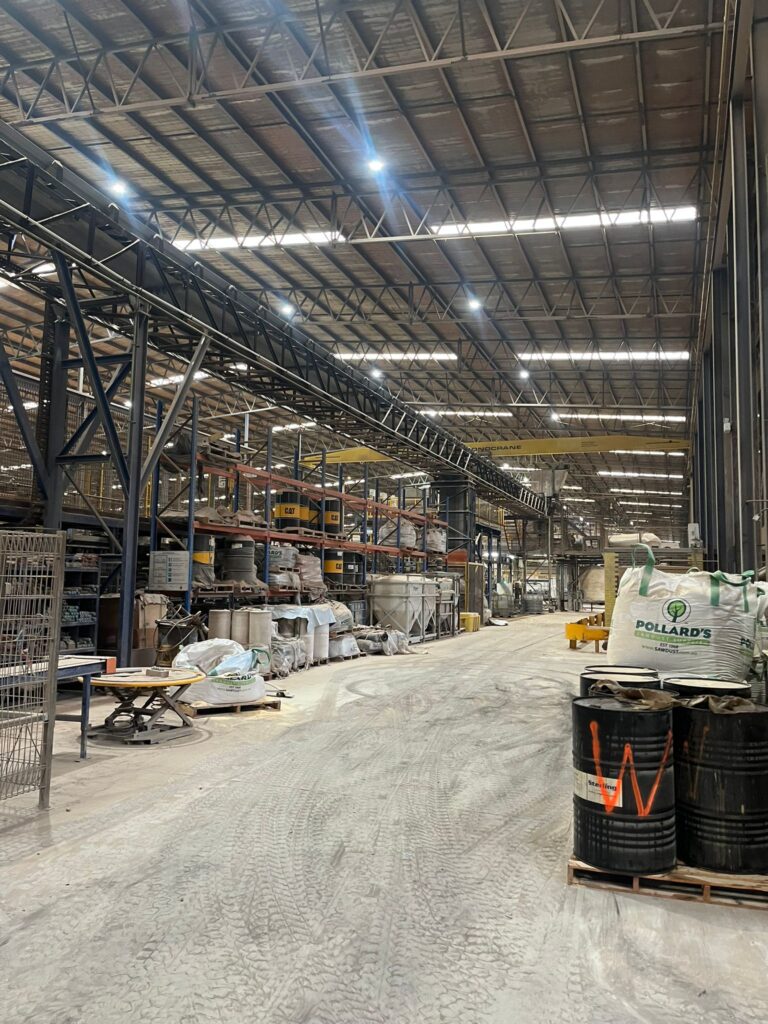Leaders often get caught out chasing the next big idea. Too often, they forget that their company’s baseline is deteriorating, while their attempt to harness the next big idea never delivers as expected on the bottom line.
This issue has accelerated as firms struggle with a Covid hangover (whether they realise it or not). The result is less effective decision-making from the boardroom to the factory floor and an overall drop in productivity.
Take the move to remote working, or perhaps a better name is the Great Divide. There is now often a split between on-site employees who operate the equipment and support staff who often work remotely. This means that pre-Covid problem-solving sessions, such as an in-person whiteboard session or a “go-see” on the factory floor, are now often remote or hybrid versions. This results in a lack of connection and understanding, making it very difficult for all participants to get an accurate picture of the problem in real life. These factors have ultimately diminished the effectiveness of these sessions and allowed problems to be poorly solved or left to fester
These problems have been compounded by the Great Resignation. This period caused a drain of knowledge and problem-solving skills while also reducing the level of personal connection between employees. These factors may be less tangible but have had a clear impact on companies’ ability to solve problems efficiently.
The solution to this deterioration could come from the next big idea that will take the focus of senior leadership teams: artificial intelligence (AI). The chatbot’s talk is that AI is the next big idea and, thus, potentially the next banana for management. However, if used to enhance current operating models, it could be the right pill to a company’s Covid hangover.
If we think of a Lean operating system (like the Toyota Production System or similar), they are designed to prevent leakage and drive improvement. What businesses need to do is to augment this with AI, transitioning the entire system into a digital world. However, this is easier said than done. The myriad of solutions available is causing confusion, resulting in expensive and complex pilots and solutions.
The true starting point is actually quite simple: Build AI into an enhanced work system to achieve one of two key outcomes;
- Augment your decision making – accelerate time to information
- Provide critical thinking and insights – do more with the data you have
Your manufacturing work system does not need to be heavy and complex like the shining examples of GE, Toyota, DuPont and Proctor & Gamble. It can be simple and focused, but it does need to function while ensuring the factory operators are at the pinnacle of the pyramid. This is because their response time and decision-making abilities have the biggest impact on your bottom line; the rest of the staff are there to support.
In practice, this process can be distilled into three key parts.
- Standardised Work – Digitise your existing work instructions, equipment user manuals, learnings and outcomes of problem solving. Allow operators to find them quickly by implementing a Factory Co-pilot using generative AI.
- Escalation and notification of problems – Use your current knowledge to identify the hotspots, create digital notifications, connect to machines, add sensors or a screen to log a problem. These are your triggers to correct an issue, using either accelerated time-to-information or improved problem-solving by providing critical thinking and insights. In time, self-correcting systems may be appropriate.
- Decision making and continuous improvement – Move to a paperless factory. Capturing robust, complete and real-time data allows you to do more with big data.
This is clearly just the start of what is achievable with an AI-enhanced solution, but with the right resources and focus, the above can be achieved in weeks not years. Meaning your 2024 plan could look like this;
- Make sure manufacturing work systems function and your people can problem solve
- Digitise your materials and add a Factory Co-pilot to access data super fast
- Connect your factory so you know when problems occur quickly
- Remove all paperwork and create robust data
- Feed learning back into the co-pilot, and use the information to identify where you need to monitor next.
- Once your data is robust, you can start to do some pretty cool things with Machine Learning and big data analytics, but that’s for next week.
Its success will be dependent on your people, their buy-in and your culture.
Find out more about Argon & Co’s Data & AI service offering here.







